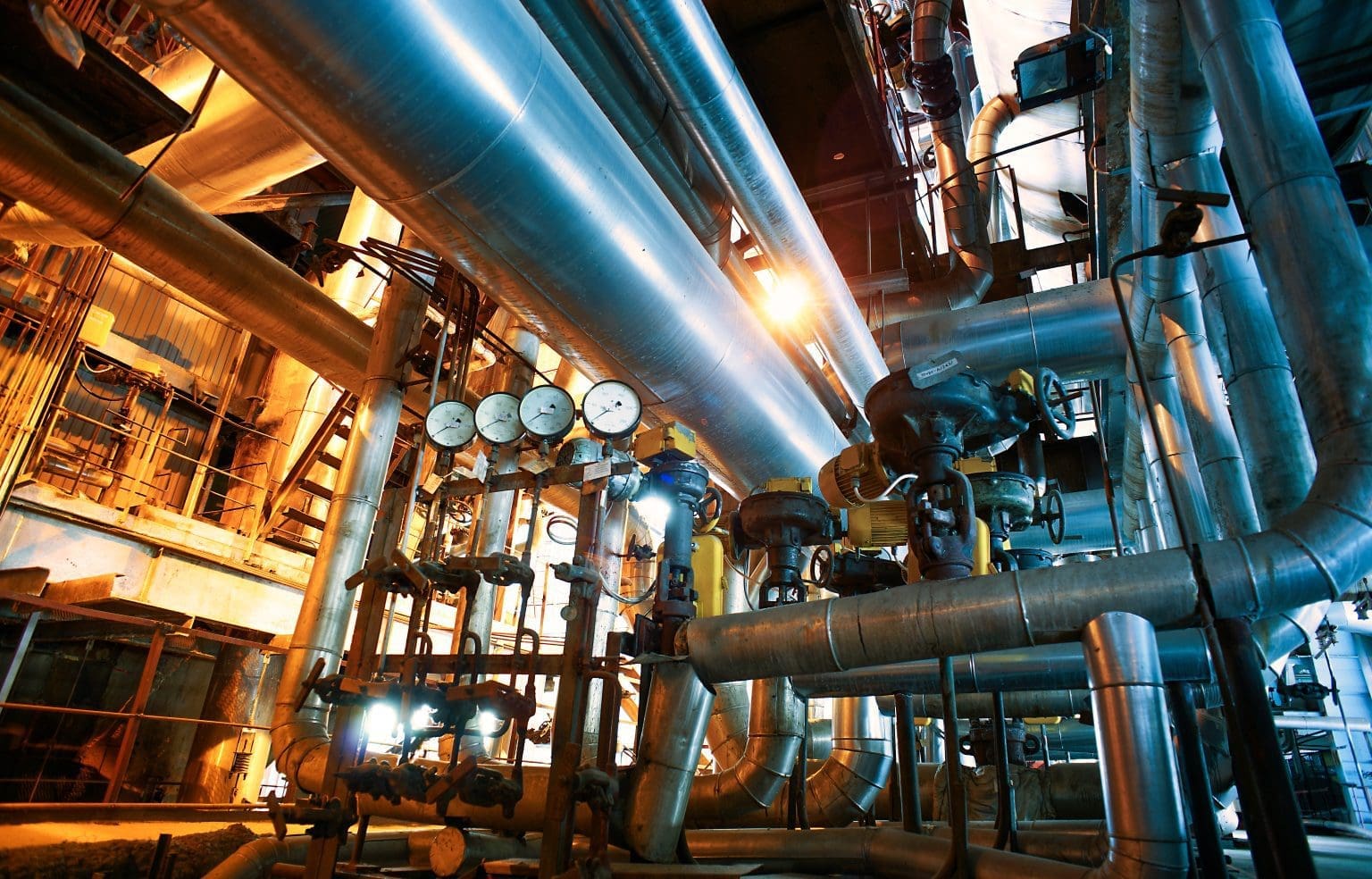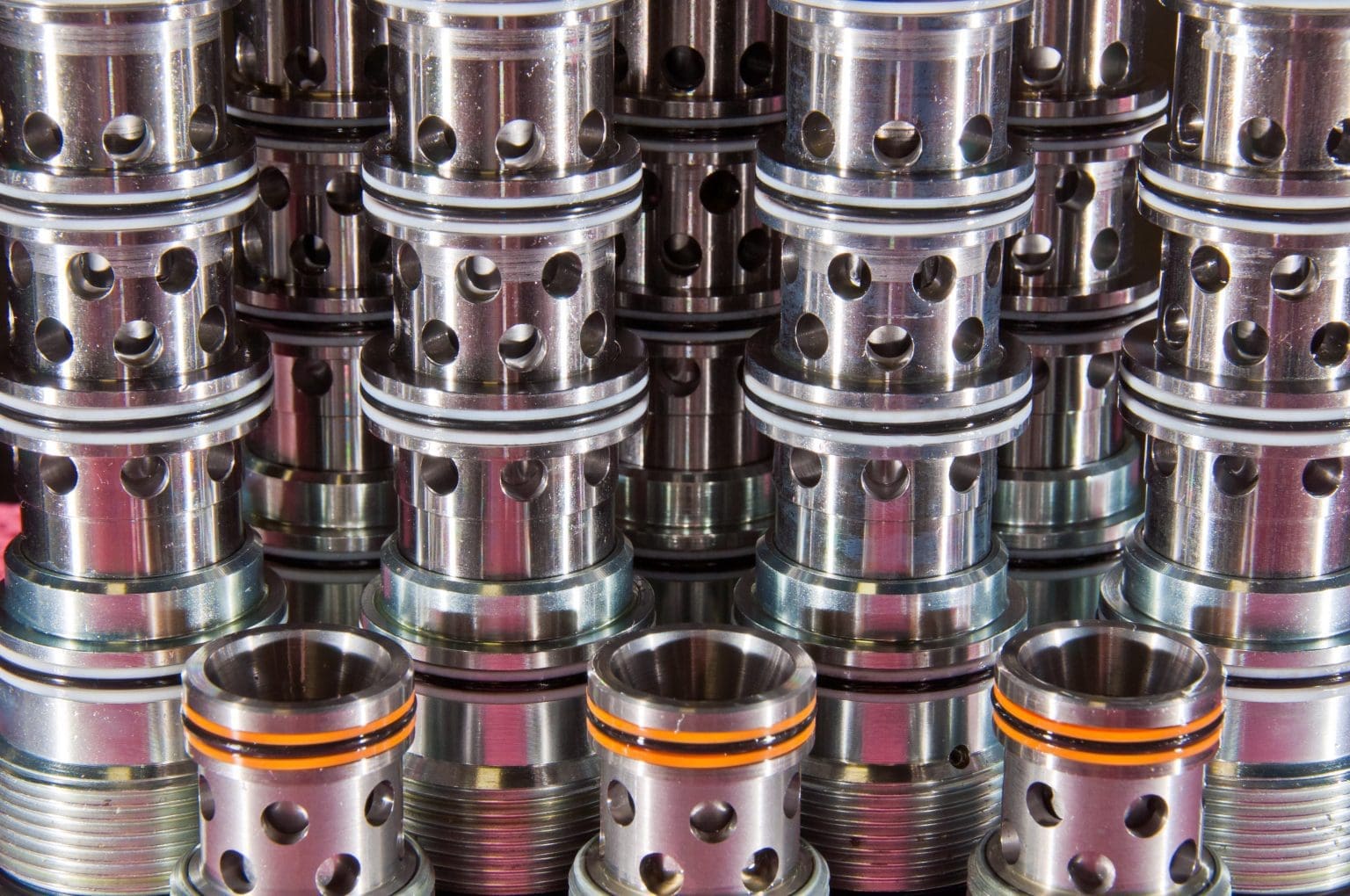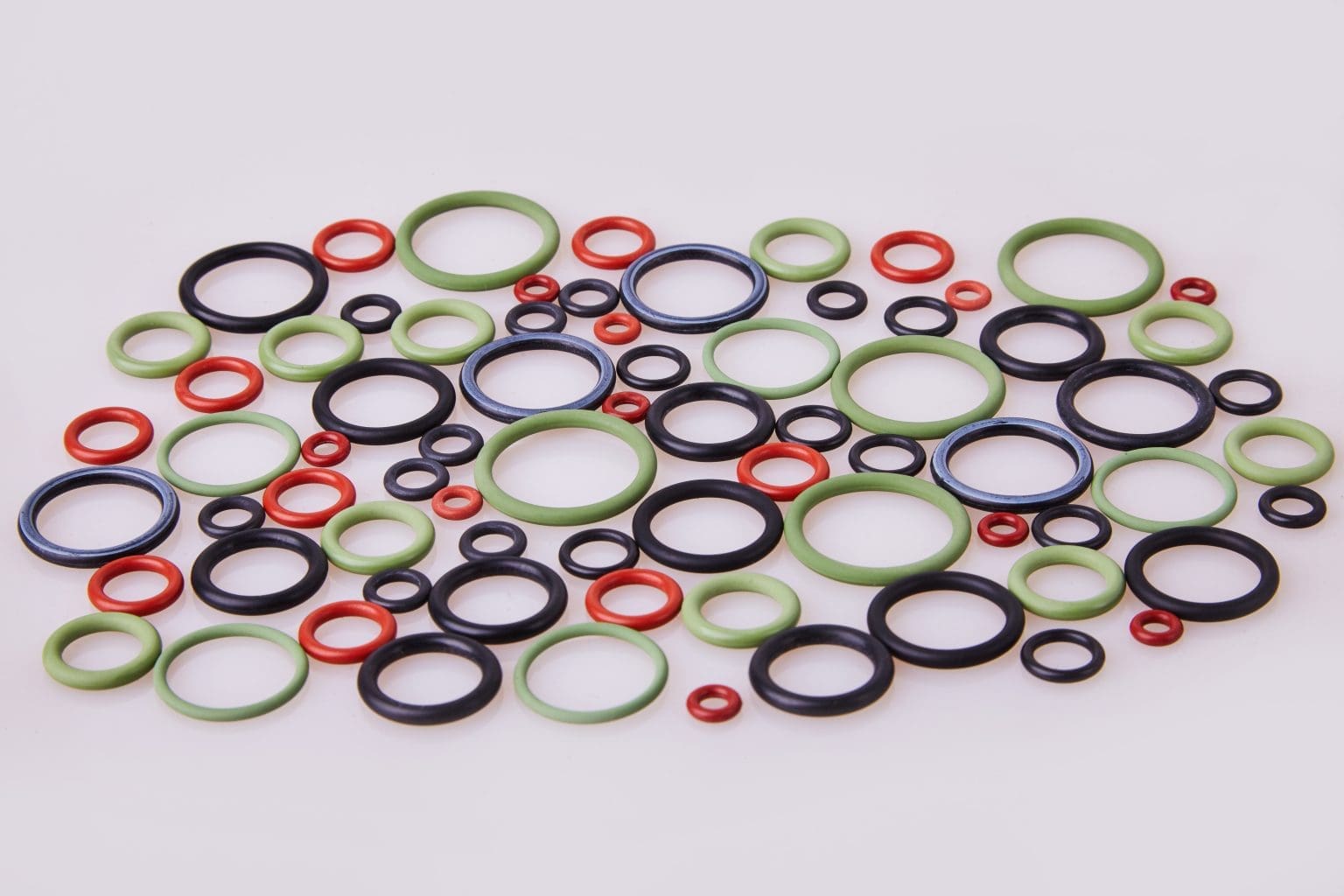The Vital Role of Rubber O-Rings in Ensuring Equipment Safety and Efficiency
Rubber O-rings seals are often overlooked but play a crucial role in ensuring the safety and efficiency of various equipment. They help prevent leaks and maintain the proper flow of fluids and gases, making them a vital component in industries such as automotive, manufacturing, aerospace, and more. In this blog, we’ll explore the essential role that rubber O-rings play in equipment performance and safety. We’ll also discuss the importance of choosing the right O-ring material for specific applications and the various factors that can affect their performance.

Understanding the Importance of Rubber O-Rings in Equipment Safety
When it comes to equipment safety, O-rings play a critical role in preventing leaks. Leaks can occur in equipment, such as engines, pumps, and valves, leading to reduced efficiency, equipment failure, and safety hazards. Without the proper seals, fluid and gas leaks can occur, leading to contamination, overheating, and even explosions.
The space shuttle disaster in 1986 for instance exploded 73 seconds after launch due to the failure of and O-ring seal in the right solid rocket launcher caused by low-temperature failure. The record-low temperatures the morning of the launch had stiffened the rubber O-rings, reducing their ability to seal the joints.
Rubber O-rings provide the necessary seal to prevent leaks and ensure the safe operation of equipment. They can be designed to withstand high pressures, temperatures, and chemical exposure, making them a reliable choice in many industries. However, the type of O-ring material used must be appropriate for the application to ensure optimal performance and safety.
How Rubber O-Rings Ensure Equipment Efficiency
In addition to safety, O-rings play a vital role in equipment efficiency. They help maintain the proper flow of fluids and gases, ensuring that equipment operates at peak performance. For instance, in an automotive engine, O-rings help maintain the proper lubrication of parts, reducing friction and wear. In manufacturing equipment, O-rings help maintain the proper pressure and temperature, ensuring that the product is of high quality.
O-rings also help reduce energy consumption by preventing leaks. Leaks can lead to a loss of pressure, which results in equipment working harder to maintain the required output. This, in turn, uses more energy and increases operating costs. By preventing leaks, O-rings help to keep equipment running efficiently and cost-effectively.

Common Applications of Bespoke Rubber O-Rings
Rubber O-rings are used in various applications across different industries. Some of the most common applications include:
Automotive
Rubber O-rings are used in engines, transmissions, and fuel systems in vehicles. They help prevent leaks and ensure that fluids flow smoothly, reducing wear and tear on the engine.
Manufacturing
Manufacturing equipment, such as pumps, valves, and compressors, use bespoke O-rings to maintain proper pressure and temperature. This ensures that products are of high quality and consistent.
Aerospace
Aerospace equipment, such as rockets and airplanes, use custom rubber O-rings to prevent leaks and ensure the safe operation of critical systems.
Medical
Medical equipment, such as pumps and valves, use O-rings to prevent fluid leaks and contamination.
Types of Rubber O-Rings
Rubber O-rings come in various types, with each type having unique properties that make it suitable for specific applications. Some of the most common types of rubber O-rings include:
Nitrile Rubber
Nitrile rubber O-rings are resistant to oil, fuels, and other petroleum products, making them commonly used in automotive and industrial applications.
Silicone Rubber
Silicone rubber O-rings are resistant to high temperatures and are commonly used in cooking appliances, medical equipment, and aerospace applications.
Viton Rubber
Viton rubber O-rings are resistant to high temperatures and chemicals, making them ideal for use in industrial and aerospace applications.
EPDM Rubber
EPDM rubber O-rings are resistant to heat, water, and steam and are commonly used in the food and beverage industry.

Factors to Consider When Choosing Rubber O-Rings
When choosing rubber O-rings, it’s essential to consider various factors to ensure optimal performance and safety. Some of the critical factors to consider include:
Temperature
The temperature range of the application is essential in determining the type of O-ring material to use. Some materials can withstand high temperatures, while others can’t.
Chemical Exposure
The type of fluid or gas that the O-ring will be exposed to is crucial. Certain materials are resistant to specific chemicals, while others are not.
Pressure
The pressure of the application is crucial in determining the size and thickness of the O-ring. Using the wrong size or thickness can lead to failure or leaks.
Size and Shape
The size and shape of the O-ring must match the application requirements. Using the wrong size or shape can lead to failure or leaks.
Maintenance and Replacement of Rubber O-Rings
To ensure optimal performance and safety, O-rings must be adequately maintained and replaced when necessary. Regular inspection and replacement of worn or damaged O-rings can prevent leaks and equipment failure. When replacing O-rings, it’s essential to choose the right type and size for the application to ensure optimal performance and safety.
Benefits of Using custom Rubber O-Rings
Using custom rubber O-rings can provide several benefits, including:
Increased Equipment Efficiency
A bespoke O-ring help prevent leaks, ensuring that equipment operates at peak efficiency, reducing energy consumption and operating costs.
Improved Safety
Custom O-rings provide the necessary seal to prevent leaks as they are tailored to a specific application, reducing the risk of safety hazards from fluid or gas leaks.
Reduced Maintenance Costs
Custom O-rings can be designed to withstand high pressures, temperatures, and chemical exposure, reducing the need for frequent replacement and maintenance.

Rubber O-Ring manufacturers
Choosing the right custom rubber O-ring manufacturer is crucial in ensuring optimal performance and safety. A reputable supplier can provide quality O-rings that meet industry standards and regulations. When choosing a supplier, it’s essential to consider factors such as experience, certifications, and sector knowledge.
Conclusion
In conclusion, custom rubber O-rings play a crucial role in ensuring the safety and efficiency of various equipment. They help prevent leaks and maintain the proper flow of fluids and gases, reducing the risk of safety hazards and equipment failure. Choosing the right O-ring material for specific applications and considering various factors that can affect their performance is crucial in ensuring optimal performance and safety. By using custom O-rings and choosing a reputable supplier, industries can ensure the safe and efficient operation of their equipment.

Why use SRM for Custom Rubber O-rings?
SRM has over 40 years experience of custom rubber moulding O-rings and are one of the leading rubber product manufacturers in the UK with an unparalleled knowledge of injection and compression rubber moulding.
At SRM, whilst you would expect that we can supply rubber O-rings of standard shapes and sizes (for applications such as engine seals for construction vehicles), where we come into our own is in the production of bespoke O-rings.
We can produce bespoke rubber O-rings in any size to suit your product, and out of any rubber compound, whether it’s EPDM, Silicone, Nitrile or even Viton when the application demands it.
SRM are Nuclear Approved
We’ve worked in the nuclear sector producing non-extruded O-rings up to 7m diameter for seals in nuclear containers, for a tighter tolerance given the volatile nature of nuclear storage.
For more information about custom rubber O-rings for you application or to discuss your requirements, get in touch with one of our experts today.
